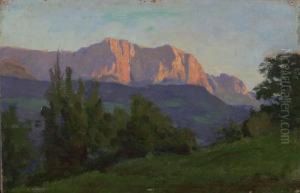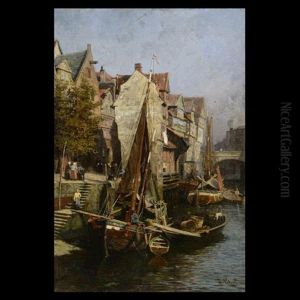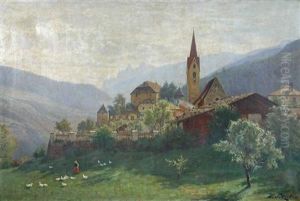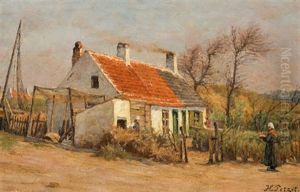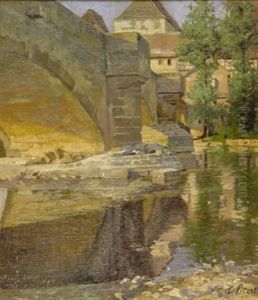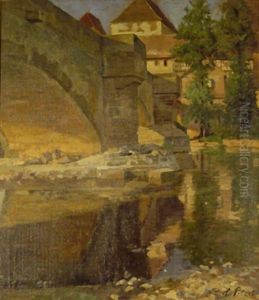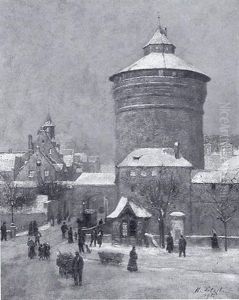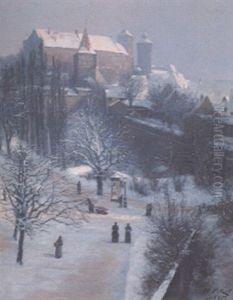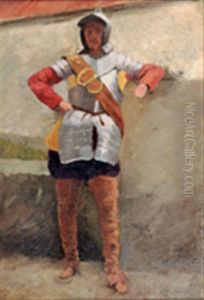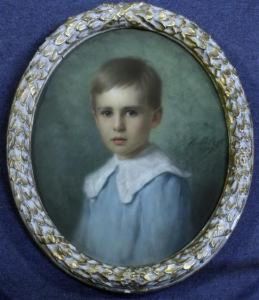Hermann Petzet Paintings
Hermann Petzet, born in 1876 in Germany, was a figure whose contributions spanned across the early 20th century, a period marked by rapid transformations in the art world. However, it's important to clarify that his primary recognition comes not from creating art but from his significant work in the realm of art conservation and history. Petzet's career was notably marked by his expertise in preserving the integrity and authenticity of artworks, an endeavor that became increasingly vital as the 20th century saw both the destruction and the prolific creation of art.
Petzet's professional journey was deeply intertwined with the cultural and political upheavals of his time. The early to mid-20th century was a period of dramatic change in Europe, with two World Wars profoundly affecting every aspect of society, including the arts. In this era, the role of art conservators like Petzet became crucial in safeguarding cultural heritage against the backdrop of conflict and decay. His work, therefore, was not just about preservation but also about the assertion of cultural identity and continuity in times of upheaval.
Throughout his career, Hermann Petzet made significant contributions to the methodologies of art conservation, an area that was evolving in response to new challenges and technologies. His efforts were part of a larger movement among conservators and historians to establish more scientific and systematic approaches to the preservation of artworks. This was a time when the field began to recognize the importance of interdisciplinary knowledge, incorporating insights from chemistry, physics, and environmental science into conservation practices.
Despite his contributions, Petzet's legacy is somewhat overshadowed by the broader narratives of art history and the towering figures of artists themselves. Yet, the importance of his work cannot be overstated. In preserving the tangible links to the past, Petzet and his contemporaries provided future generations with the ability to not only appreciate the aesthetic and historical value of artworks but also to study and learn from them.
Hermann Petzet's death in 1944 marked the end of a career that had navigated some of the most turbulent decades in European history. His life's work remains a testament to the crucial role of conservation within the art historical field, ensuring that art remains a part of our collective human heritage. While more renowned for his contributions behind the scenes, Petzet's impact on the art world continues to be felt, underlining the importance of preservation and the care of artworks for future appreciation and study.
